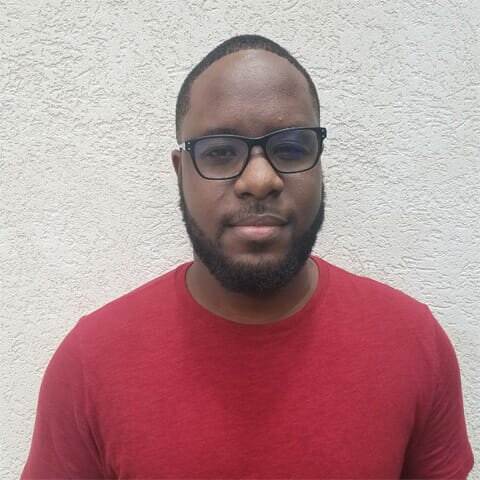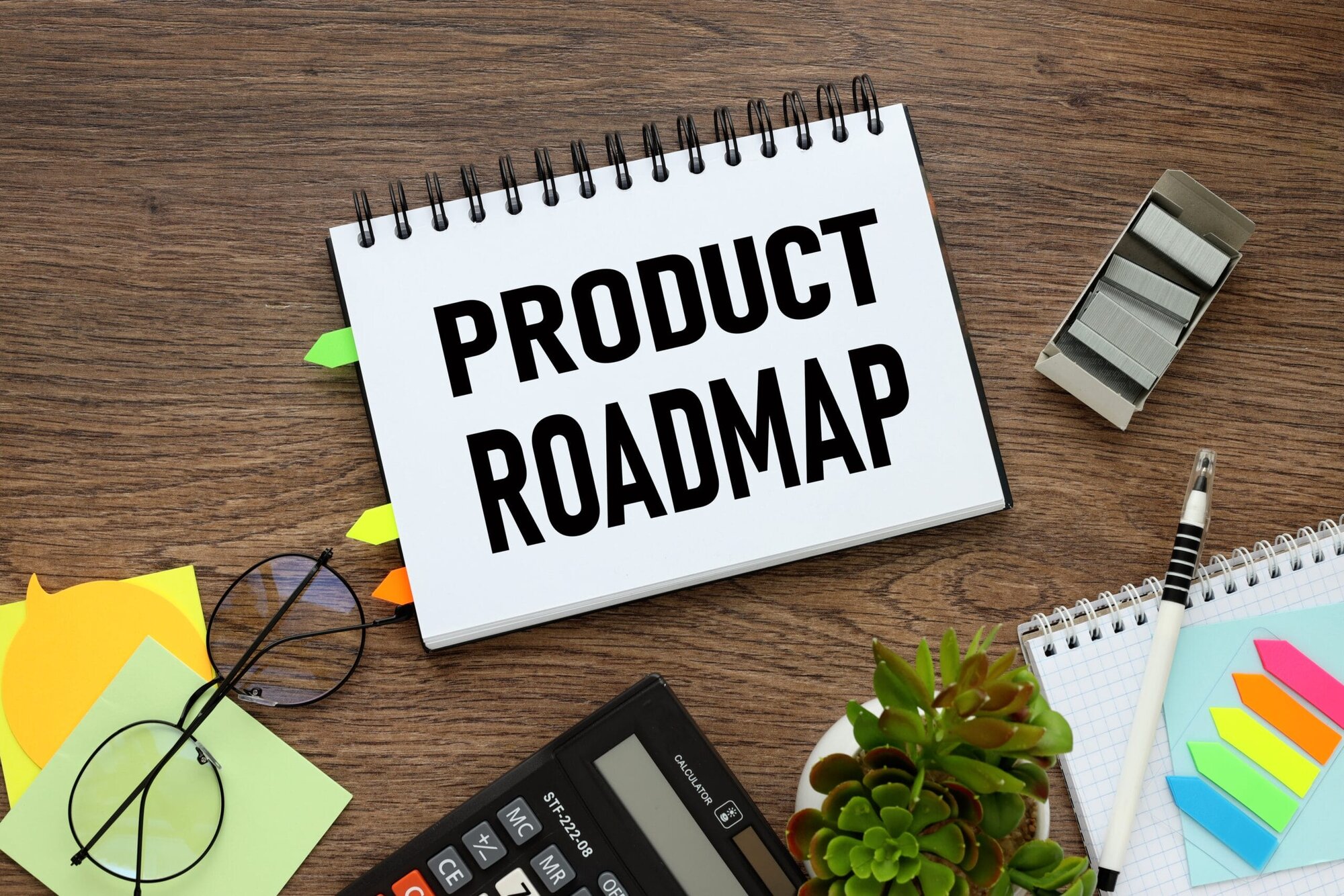In this ProductTank Tokyo talk, Arnout Hemel, former Head of Product at ride hailing and food delivery business Grab, provides some insight into building products in the insurance industry. The key points of his talk include:
- First innovations
- Serving the needs of their drivers
- How to decide what products to build
- Solving customer problems
First innovations
Arnout explains how GrabInsure was founded as a joint venture between Grab Holdings and Zhong An. Underwritten by Chubb, it first launched products to its drivers in Singapore.
Product managers must always look for ways to solve your customers’ pain. A main pain point for Grab’s drivers was that they were always short on cash, especially by the end of the month. Paying insurance premiums annually is hard for them. To solve this problem, Grab introduced critical illness insurance for drivers. The cover is made up of stackable micro-premiums that are valid for a year. The more they drive, the more cover they build up.
Serving the needs of drivers
Shortly after this the Malaysian government introduced a law requiring all e-hailing drivers in Malaysia to purchase e-hailing insurance on top of their car insurance. The majority of Grab’s Malaysian drivers are part-time, so the company introduced daily insurance to soften this blow for them. It meant that Grab lost barely any drivers.
How to decide what products to build
Product managers must consider how they address the main customer pain points. Grab therefore conducted NPS surveys and user research to identify the main problem spaces and then mapped out how to serve the needs of customers and partners better. The company found that insurance products sold best when bundled with other products, which led to the creation of its next product.
Solving customer problems
Grab discovered through its surveys that passengers wanted to feel safe when they took a Grab ride. It also found customer frustration at longer than projected wait time, and customer anger at driver cancellations. To solve these problems, Grab introduced extra personal accident insurance and an automatic claim payout if a driver arrived late for pickup. Pricing is on a per-trip basis and bundling it when the customer opted in allowed the product to succeed.
The key takeaways from this talk are that you should ship a product as soon as possible to see if you get traction and then use that traction to convince stakeholders and investors. Keeping an extensive portfolio of failed products means a slow death, you should continually iterate on the product to make it better.
There’s more where that came from!
Use our Content A-Z to find even more product management insights.




